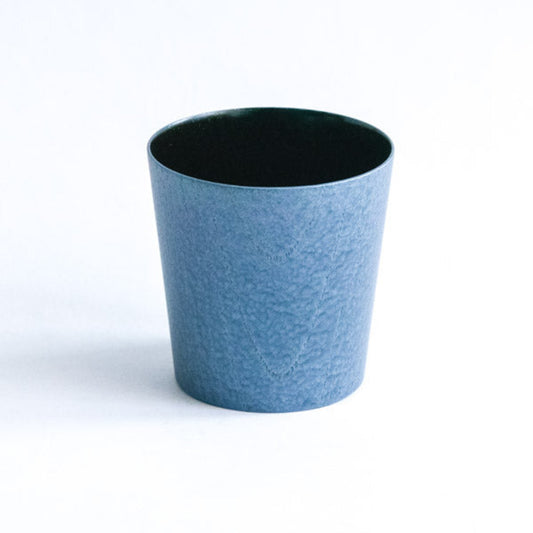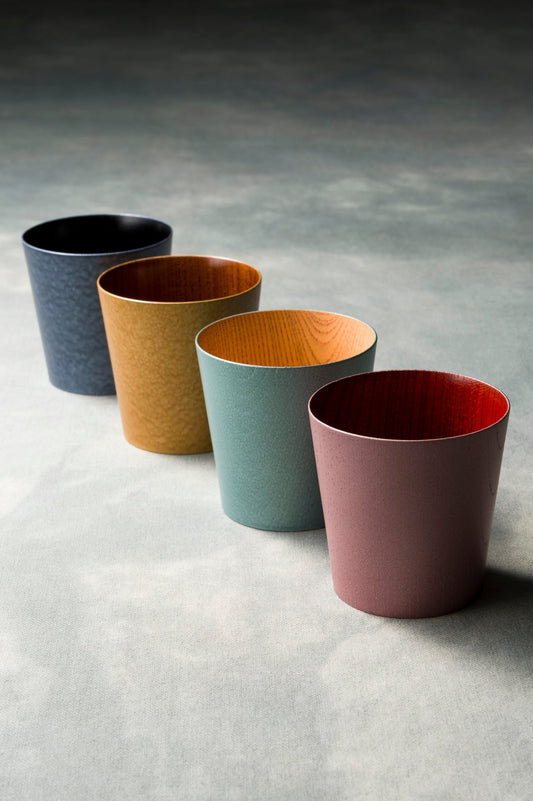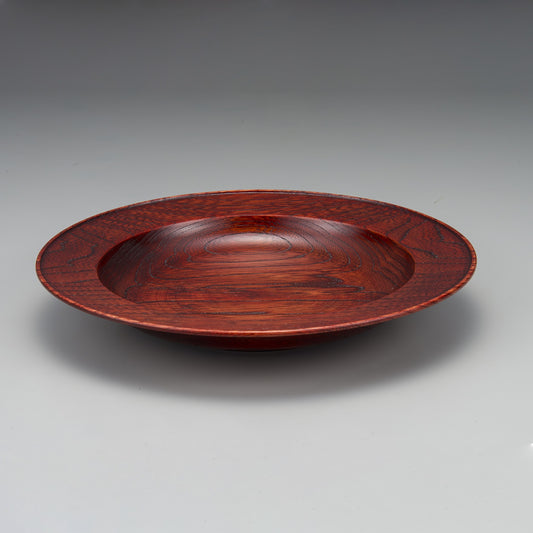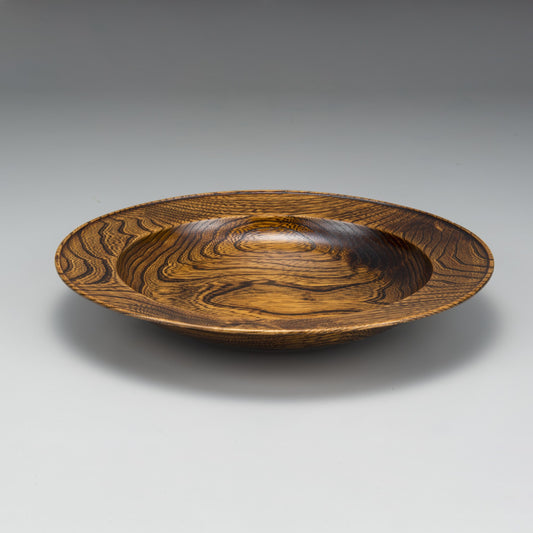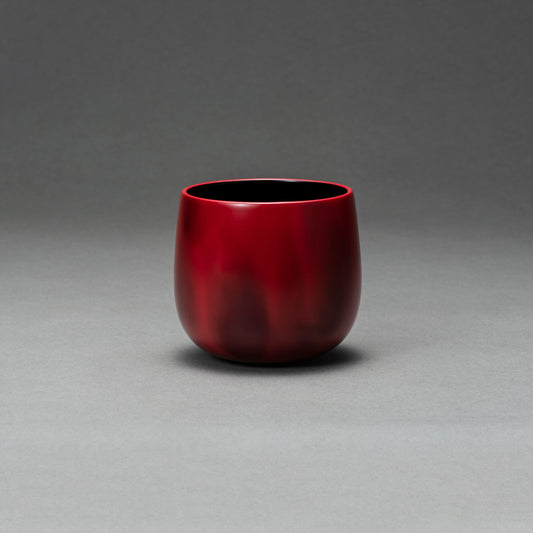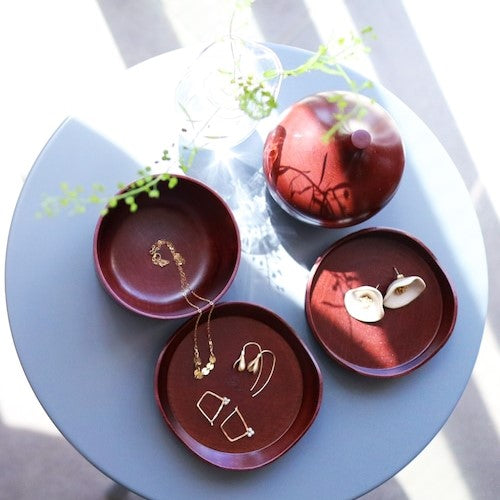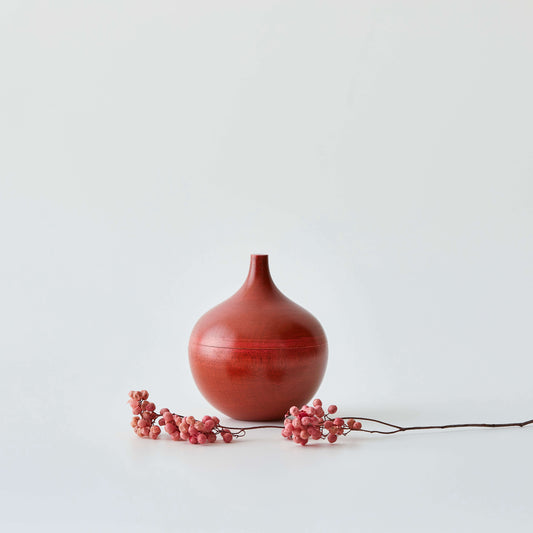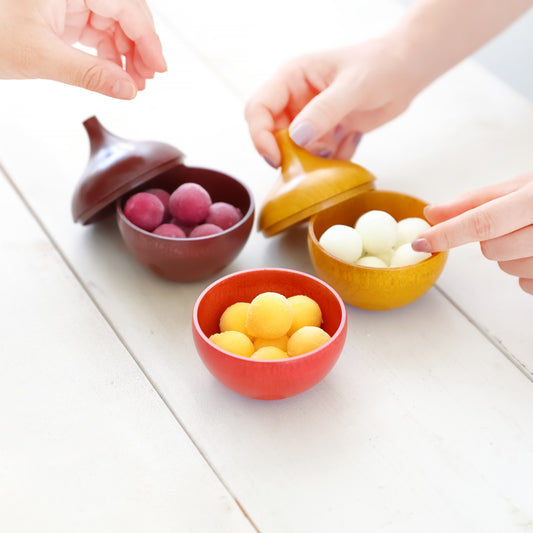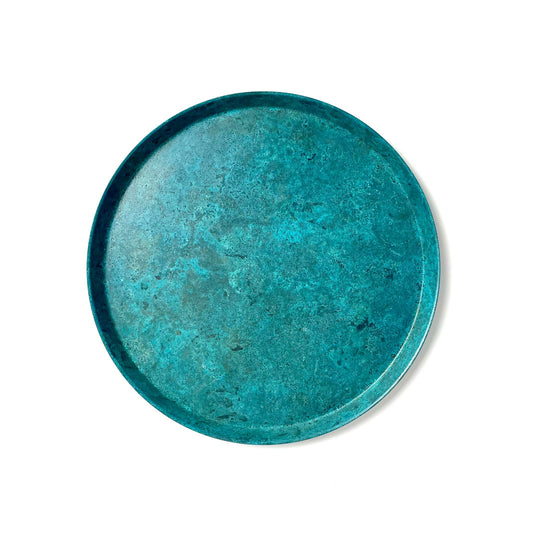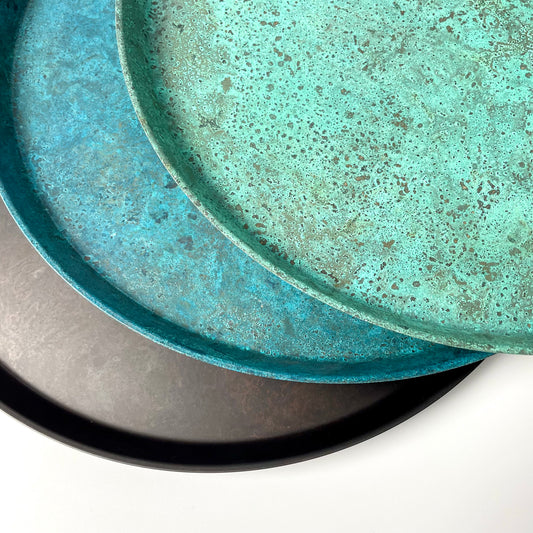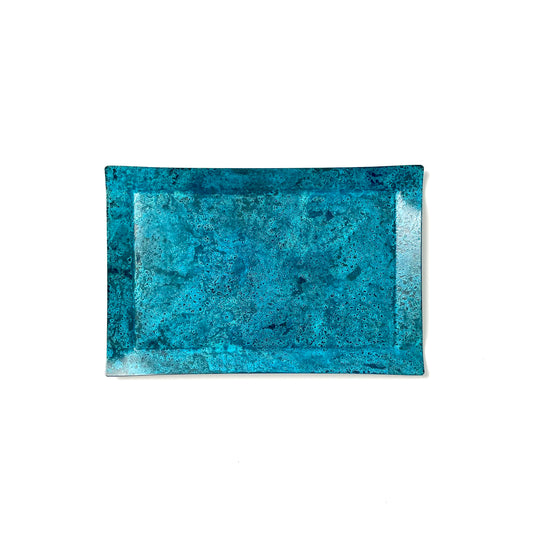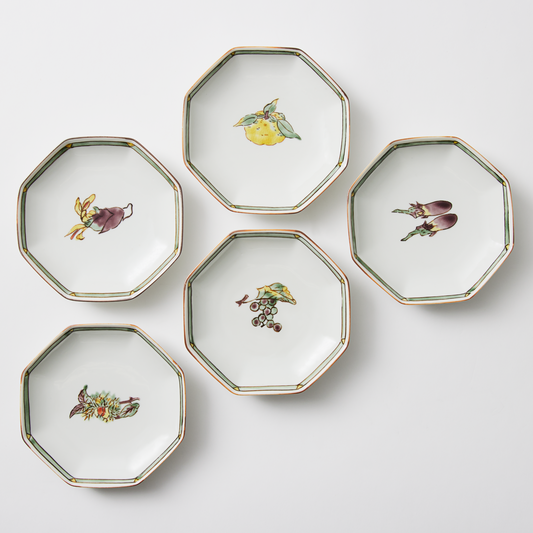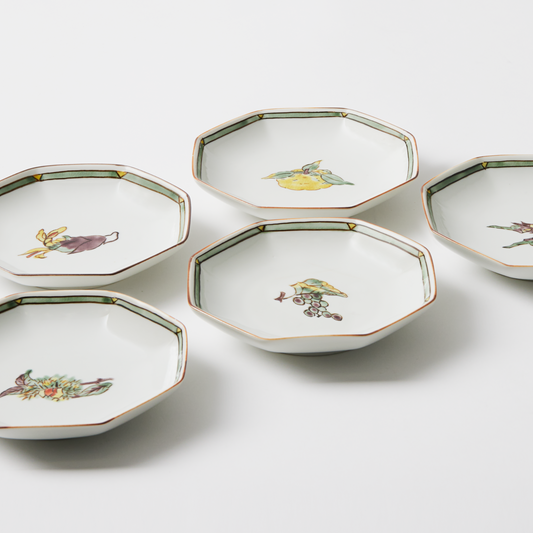Imagine holding a piece of history in your hands, a tangible connection to centuries of artistry and tradition. In the enchanting regions of Ishikawa and Noto, nestled amidst breathtaking landscapes and rich cultural heritage, this captivating experience awaits. Here, the ancient art forms of Kutani pottery and lacquerware flourish, each piece a masterpiece whispering tales of dedication, meticulousness, and a passionate pursuit of beauty.
Come with us on a journey to explore the captivating world of Ishikawa & Noto Kutani pottery and lacquerware, where we’ll cover not only exquisite craftsmanship but also captivating stories waiting to be unearthed.
Contents
- Ishikawa: A Tapestry of Ceramic Traditions Across Centuries
- Noto Peninsula: Where Nature Meets Craftmanship
- Preserving the Legacy: The Impact of the 2024 Earthquake and Beyond
- Planning A Japanese Pottery Pilgrimage: Must-See Studios & Museums in Ishikawa & Noto
- In Conclusion
Ishikawa: A Tapestry of Ceramic Traditions Across Centuries

Nestled along the Sea of Japan, Ishikawa Prefecture boasts a rich history that has profoundly influenced its artistic traditions. The arrival of the Maeda clan in the 16th century spurred economic growth and cultural development, fostering the emergence of various art forms, including ceramics.
Kutani Ware: A Legacy of Exquisite Porcelain
The captivating story of Kutani ware begins in the early 17th century. Under the patronage of the Maeda clan, potters from Kyoto were invited to Ishikawa to establish a porcelain kiln. Inspired by Chinese and Korean styles, they introduced a groundbreaking technique, enamel overglaze decoration. This technique allowed for vibrant colors and intricate designs, often featuring flowers, birds, and auspicious symbols.
Today, Kutani ware remains a symbol of Japanese craftsmanship, renowned for its bold color palettes, meticulous hand-painting, and the use of precious metals like gold.
Yamanaka Lacquerware: A Fusion of Elegance and Durability
The town of Yamanaka in Ishikawa has been synonymous with exceptional lacquerware since the 15th century. Developed as a practical alternative to metalware for samurai families, Yamanaka lacquerware is characterized by its superior strength and durability. Traditional techniques, passed down through generations, involve applying multiple layers of lacquer to a wooden base, meticulously polishing each layer to achieve a smooth and lustrous finish. Today, Yamanaka lacquerware features both classic geometric patterns and contemporary designs, making it a versatile and coveted art form.
Noto Peninsula: Where Nature Meets Craftmanship

Jutting out into the Sea of Japan, the Noto Peninsula is renowned for its rugged beauty and its enduring artisanal traditions. This isolated stretch of land, with its wild coastal landscapes, has fostered a unique approach to pottery and lacquerware that celebrates the raw beauty of natural materials. Suzu ware, originating in the town of Suzu, embodies this aesthetic with its simple forms and earthy textures. Local clay, often embellished with seashells and sand, creates pottery pieces intimately connected to the peninsula's coastal landscapes.

The Noto Peninsula's connection with lacquerware stretches back centuries, evident in the region's historical connection to the practice of Wajima-nuri. This distinctive lacquerware style, known for its exceptional durability and understated elegance, has been passed down through generations of artisans. Its resilience, mirroring the unwavering spirit of the Noto people, reflects a profound respect for traditional techniques and an enduring commitment to preserving the legacy of these unique Japanese art forms.
Preserving the Legacy: The Impact of the 2024 Earthquake and Beyond

The 2024 earthquake delivered a significant blow to the Ishikawa and Noto regions, severely damaging numerous pottery workshops and studios. With long-established kilns and equipment damaged, the future of these cherished traditions seemed uncertain. However, the spirit of resilience that has always defined these communities rose to the challenge. Driven by a deep connection to their craft and a determination to preserve their heritage, artisans and local authorities joined forces in the face of adversity.
This unwavering spirit is not new to the region. Throughout history, the Ishikawa and Noto communities have overcome numerous obstacles, including natural disasters and economic hardships. Their dedication to their craft has remained steadfast, continuously evolving and adapting to changing times. This inherent resilience once again shines brightly, as artisans work tirelessly to rebuild their studios, recover lost techniques, and revive the production of their exquisite pottery and lacquerware. Initiatives like government support and collaborative efforts foster a sense of hope for the continued future and commitment to preserving the legacy of these art forms for generations to come.
Planning A Japanese Pottery Pilgrimage: Must-See Studios & Museums in Ishikawa & Noto

If you're a passionate admirer of Japanese pottery, the Ishikawa and Noto regions are must-visit destinations on your bucket list. Here are some suggestions where you can discover the intricate beauty of Kutani-ware, the enduring elegance of Yamanaka Lacquerware, and countless hidden treasures as you explore the region's renowned museums and thriving pottery studios.
While you're in the area, why not check out these recommendations and, if possible, support the local artisans in person by buying authentic handcrafted products from the region or by participating in traditional handicrafts such as ceramic painting, maki-e experiences and more.
You can find more details here - be sure to check the site for up-to-date times and details.
Must-See Stops for Kutani-ware Enthusiasts

- Kutaniyaki Kiln Museum (Kanazawa City): Delve into the birthplace of Kutani-ware, exploring historical exhibits and the remnants of old kilns.
- Kutani Ceramic Art Village (Kutanimura): Immerse yourself in the world of contemporary creations at this dedicated art village, offering workshops and galleries.
- Traditional Crafts Kutani Ware Village (Komatsu City): Witness artisans in action and browse shops filled with both traditional and modern Kutani masterpieces.
Stops to Appreciate Yamanaka Lacquerware

- Yamanaka Lacquerware Traditional Industry Center (Kaga City): Observe fascinating demonstrations and explore exhibits showcasing the history and techniques behind this elegant craft.
- Kosen Yoshimura Lacquerware Studio (Kaga City): Be inspired by this renowned studio, known for merging tradition with contemporary designs.
- Yamanaka Hot Springs Area Shops: Explore boutiques and workshops showcasing the stunning diversity of Yamanaka lacquerware.
Additional Considerations

- Local Festivals and Workshops: Check for festivals like the Kutani Pottery Festival, where you can witness demonstrations, participate in workshops, and connect directly with artisans.
- Noto Region Festivals: Don't forget to include studios and shops showcasing the natural beauty of Suzu ware during your pilgrimage.
* Please note that since the area is still impacted by the effects of the 2024 earthquake, festival dates and locations may be changed or cancelled. Up to date information can be found here online.
In Conclusion
Whether you're a seasoned collector seeking your next treasured addition or a curious adventurer captivated by the allure of handcrafted artistry, Ishikawa and Noto's Kutani pottery and lacquerware offer an experience beyond compare. From the vibrant brilliance of Kutani ware to the timeless elegance of Yamanaka lacquerware, each piece is a testament to a vibrant heritage and the enduring spirit of generations of artisans.
As you hold these masterpieces in your hands, feel not just the smooth texture and intricate detail, but also the pulse of a living tradition passed down through time. Perhaps they will become cherished heirlooms, passed down through your own family, or simply a source of daily inspiration, reminding you of the beauty and artistry that resides in the hand-crafted.
So, if ever you get a chance to in the future, discover your own masterpiece, and let the magic of Ishikawa and Noto's pottery and lacquerware touch your life.





